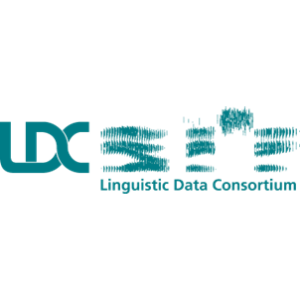Rationale
Electroencephalography (EEG) as a non-invasive measure of cortical neuronal oscillations. It has the advantage over functional MRI (fMRI) in that it can explore real-time spontaneous electrical brain activity with an excellent temporal resolution (milliseconds) so can now be used to investigate functional connectivity and explore how neural networks are organized. Thus, EEG connectivity can be a promising tool to study how speech-related cortical networks interact in patients with post-stroke aphasia, compared to healthy subjects.
Illustration of the approach
This study will enroll patients with post-stroke aphasia, in addition to healthy age- and sex-matched controls. Resting-state EEG will be performed for all subjects. EEG data will be analysed with Python’s MNE package. EEG connectivity will be compared between patients and controls to identify post-stroke brain connectivity changes. MRI brain will be obtained for all patients.
Eligible participants
- Patients presenting with first ever ischemic stroke causing mild to moderate mixed aphasia (Western aphasia battery scale score >50), 3 months to 1 year from onset of stroke.
- Age and sex matched healthy controls.
Exclusion criteria
- Previous ischemic or hemorrhagic stroke.
- Subjects below 18 years of age.
Study variables
- Age
- Sex
- EEG connectivity patterns in post-stroke patients and healthy controls.
- MRI lesion site
- Aphasia severity
Methods
Aim 1: To identify patterns of normal EEG connectivity in healthy subjects.
Aim 2: To illustrate EEG connectivity differences between aphasic patients and controls.
Aim 3: To correlate between EEG findings and aphasia scale scores, on one hand, and MRI localization of infarction, on the other hand.
Invitation to join our ongoing cross-linguistic study
We invite anyone who is interested to collaborate and have the de-identified data above to join us in this study. We will first arrange a zoom call to discuss the process. If we agree to move forward, we will send you an excel template that detailed the variables needed, and we would request that you/ your team fill in the de-identified data accordingly. We will perform the EEG analysis for all contributing centers. All data provided for this project will be used solely for the investigation as outlined in this document. Personal information will not be disclosed during the course of this study. If needed, data sharing agreement will be drafted and signed by both parties.
What do we offer?
In addition to advancing science together, we are offering co-authorship to collaborators that provide data- Co-authorship arrangements will be aligned with the Include publication guidelines.
What do you need to participate?
Anyone that has cohorts that fulfill the inclusion and exclusion criteria listed above with the study variables listed above.
How do I proceed if I am interested?
Please email Nevine El Nahas (nevine_elnahas@med.asu.edu.eg) and Tamer Roushdy (tamer.roushdy@med.asu.edu.eg)
Thanks!




